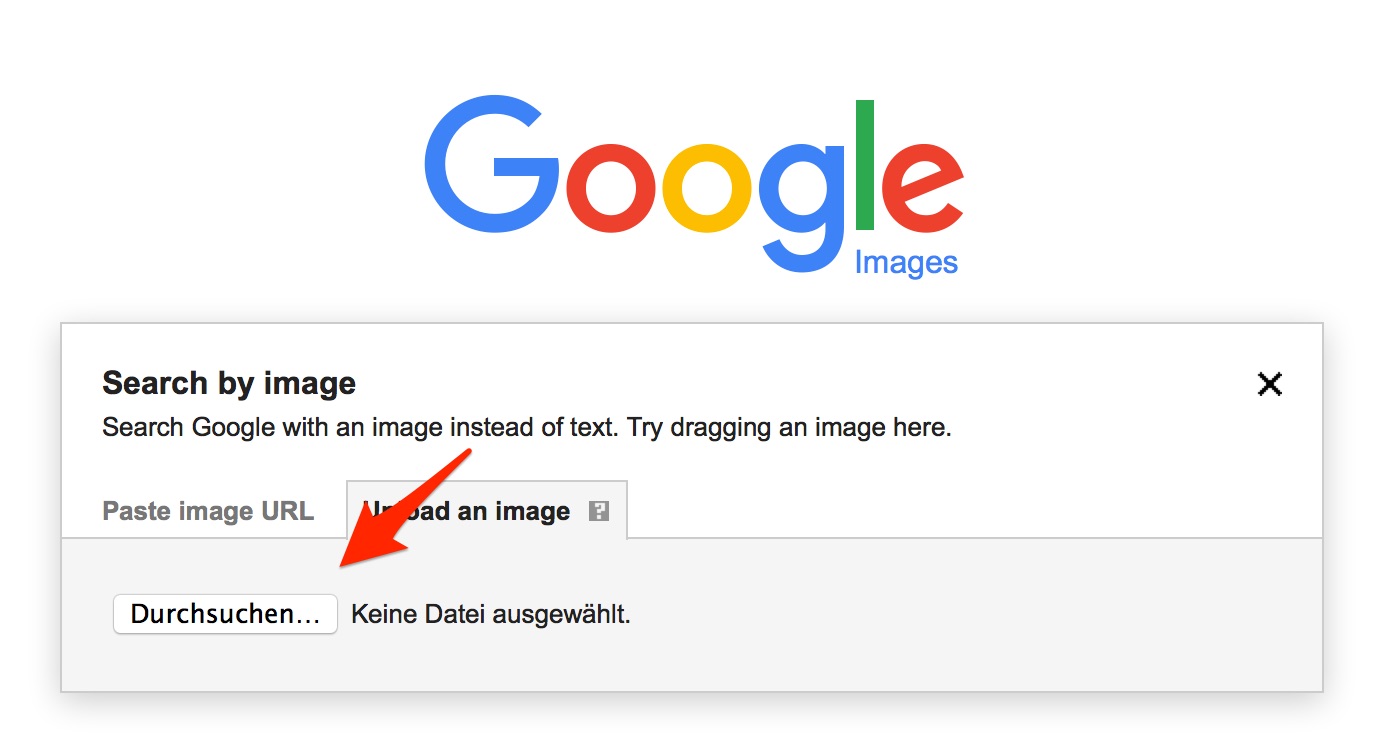
On February 15, 2018, the interface was modified to meet the terms of a settlement and licensing partnership with Getty Images. Users could also no longer exclude keywords from their searches. The only alternative option was to turn on an even stricter filter which would refuse to search for the aforementioned terms whatsoever. While Google stated explicitly that they were "not censoring any adult content", it was immediately noted that even when entering terms such as or " Breast," no explicit results were shown. According to Google, pornographic images would still appear as long as the term searched for was specifically pornographic otherwise, they would not appear. On December 11, 2012, Google Images' search engine algorithm was changed once again, in the hopes of preventing pornographic images from appearing when non-pornographic search terms were used. New algorithm and accusations of censorship (2012–present) This feature allows users to search for an image by dragging and dropping one onto the search bar, uploading one, or copy-pasting a URL that points to an image into the search bar. In June 2011, Google Images added a "Search by Image" feature which allowed for reverse image searches directly in the image search-bar without third-party add-ons. In May 2011, Google introduced a sort by subject feature for a visual category scheme overview of a search query.
#GOOGLE PHOTO SEARCH UPDATE#
On July 20, 2010, Google made another update to the interface of Google Images, which hid image details until mouseover. On October 27, 2009, Google Images added a feature to its image search that can be used to find similar images. In January 2007, Google updated the interface for the image search, where information about an image, such as resolution and URL, was hidden until the user moved the mouseover its thumbnail. This grew to 1 billion images by 2005 and over 10 billion images by 2010.

That year, 250 million images were indexed in Image Search. Google paired a recently hired engineer Huican Zhu with product manager Susan Wojcicki (now the current CEO of YouTube) to build the feature, and they launched Google Image Search in July 2001. Google's developers worked on developing this further, and they realized that an image search tool was required to answer "the most popular search query" they had seen to date: the green Versace dress of Jennifer Lopez worn in February 2000. In 2000, Google Search results were limited to simple pages of text with links. History Beginnings and expansion (2001–2011) 1.2 New algorithm and accusations of censorship (2012–present).That way, you can make decisions about whether or not it’s worthwhile to send a cease-and-desist letter to those websites and if you need to get a lawyer involved.

By conducting a reverse image search, you can step back into the driver’s seat, finding where the images have ended up. But what if you’re hit with an amazing job offer from a person you’ve never heard of before, or receive a friend request from someone who looks familiar, but you’re not quite sure why? A quick reverse image search of the person’s profile picture will alert you to any other alternate accounts-potentially with different names if the image was stolen-that may be using the same photo.ģ️⃣ To find unauthorized uses of your photos: When it comes to images, copyrights only go so far-plenty of websites will use a photographer’s work without permission even if it’s illegal. 2️⃣ To find out if people are really who they say they are: If you’ve been on Facebook or LinkedIn for years, chances are you’ve received some sort of spammy message.


 0 kommentar(er)
0 kommentar(er)
